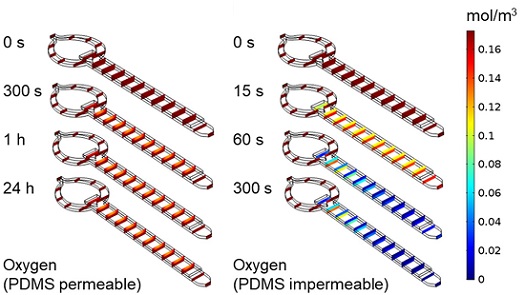Dr. Matthew Hancock was part of a diverse team of scientists and engineers who authored "Integrated Isogenic Human Induced Pluripotent Stem Cell–Based Liver and Heart Microphysiological Systems Predict Unsafe Drug–Drug Interaction," published in the 7 May 2021 issue of Frontiers in Pharmacology.
The development of new drugs often involves testing in animal models, though animal models often do not accurately mimic human physiology. Pharmaceuticals often fail in clinical trials due to the damage they cause to the liver and heart, and drug-induced liver damage in particular may not be well predicted by animal models.
This study tested a new in vitro biological system for assessing drug impacts and complications. This system is a type of “microphysiological system” due to its small size and multifaceted mimicry of tissue and organ systems within the body. The study shows not only that microphysiological systems may effectively predict drug efficacy and toxicity across multiple organs, but that they have potential as next-generation drug development tools.
